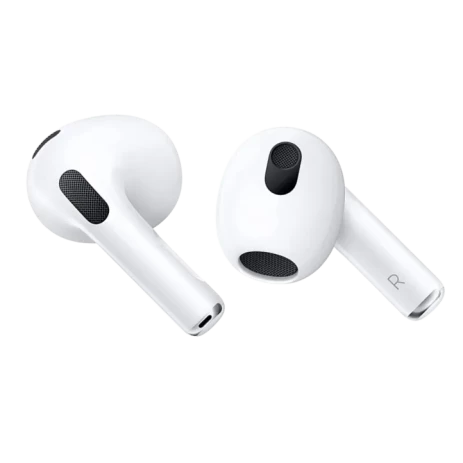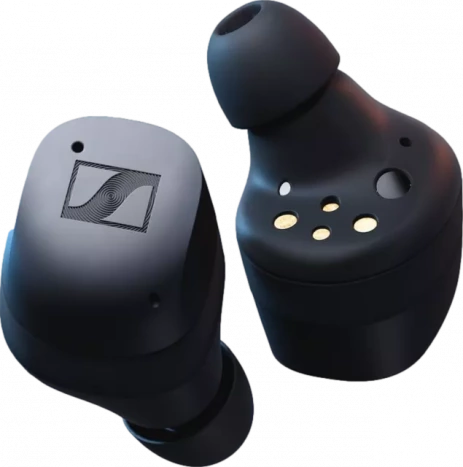IP ratings refer to the rank of protection offered by an enclosure, against dust and liquids. In the format of IPXX, 'X' represents a number The first value of the IP rating refers to protection against solids say dust, followed by the one that refers to protection against liquids (water).
Scoring IPX5, the JBL Live Free 2's rating is read as, the first number of X denotes that no data available to specify a protection rating, and the second number of 5 means that they can withstand medium pressure jet that's 6.3mm diameter, similar to garden hose from any angle for 3 minutes at a distance of 2.5 to 3 metres. The JBL Live Free 2 have a weight of 9.8g . We prefer a lower weight better because lighter devices are more comfortable to move with.
True wireless devices have no cables linking any part of the device together, JBL Live Free 2 are true wireless for this case since they don't have cables. This is a key distinction as some wireless earbuds have cables linking the pair of earbuds .
JBL Live Free 2 are resistant to sweat
JBL Live Free 2 have stereo speakers, devices with stereo speakers deliver sound from independent channels on both left and right sides, creating a richer sound and a better listening experience. Active noise cancellation makes use of more advanced kind of tech to reduce ambient sounds.
How it works, it detects and analyzes the sound pattern of incoming noise and then inverts the soundwaves to cancel it out. In simple terms, it's like taking +1 (noise) then producing -1 (counter sound by the device) to make zero resulting in a reduced level of noise.
JBL Live Free 2 have ANC enabling you to listen at lower levels of volume, causing less ear fatigue since you don't have to crank up the earbuds volume to overcome background sounds.
The JBL Live Free 2 sit tightly in place, this creates an acoustic covering that reduces your environment sounds while preventing the earbuds music from leaking out at the same. The JBL Live Free 2 have a unit size of 11mm in diameter, bigger drivers are more powerful, and can produce better bass. The driver unit is basically a mini speaker that produces sound in the device, the unit size corellates with the sound made by the earbuds.
JBL Live Free 2's lowest frequency is at 20Hz, low-frequency response inidcates how well a particular audio component produces low recognizable frequencies and if it alters the signal while at it. The JBL Live Free 2's highest frequency is at 20,000Hz, high-frequency response shows how well an audio component produces high human frequencies and if it makes any changes to the signal on its way through. SPL, is the pressure level of sound, measured in decibels, dB, JBL Live Free 2's measurement is 102dB/mW.
Devices with a higher sound pressure level are generally louder when supplied with any given audio source. The JBL Live Free 2's battery life is 7 hours, these last longer than 5 hours of listening which is considered average for a single charge. A device's battery life is given by the manufacturer, and with longer battery life, you get to use it for longer and have to charge the device less often.
The battery life of the charging case is given by the manufacturer, and JBL Live Free 2's case is said to have a charge of 28 hours. A charging case with more battery hours allows you to recharge your earbuds on the go several times before recharging the case itself. The JBL Live Free 2 have a battery level indicator, an indicator notifies you when the device has a low battery.
The battery indicator lights display the charging state of your device and case. The JBL Live Free 2 have USB TYPE-C, an industry-standard connector for transmitting both data and power through a single cable. JBL Live Free 2 have Bluetooth version of 5.2, Bluetooth is a wireless technology standard that enables data movement between devices placed in range, using short-wavelength, ultra-high frequency radio waves.
JBL Live Free 2 have a 10meters distance to connect via Bluetooth. The JBL Live Free 2 have 6 microphones. JBL Live Free 2 have a noise-canceling type of microphone, these microphones are made to filter out noise from the desired sound.
JBL Live Free 2 support ambient sound mode, which uses microphones to channel ambient noises to still be heard even when wearing them
JBL Live Free 2 support fast charging. Commonly, technologies like MediaTek’s Pump Express, are used to lower the time it takes to fully charge the earbuds. JBL Live Free 2 have a multipoint of 2 connections, this feature allows you to link to more than one Bluetooth device and switch between them.
Say, you can seemlessly switch calls from one device to another without having to manually disconnect and reconnect. The JBL Live Free 2 have a mute function, they have the option to mute/unmute a conversation directly from the device. With the JBL Live Free 2, so you can access the volume control, pause, play, mute, etc whichever functions are supported on the earbuds.
JBL Live Free 2 have voice prompts. Automatically receive information through audio messages, like if there is a problem with the connection. The JBL Live Free 2 come with a special pouch.
Carrying earphones openly, or placing them in your bag without a cover may easily put them at risk of getting damaged.
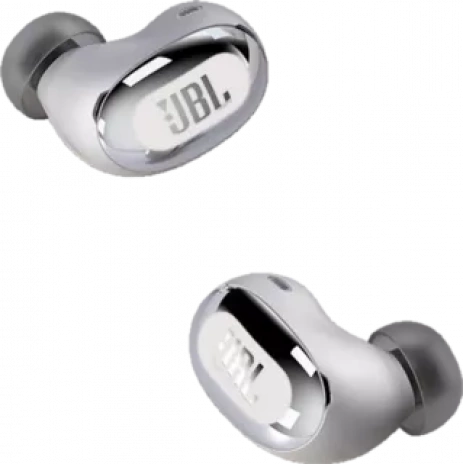


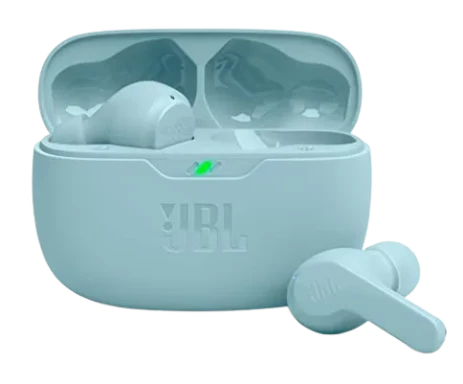
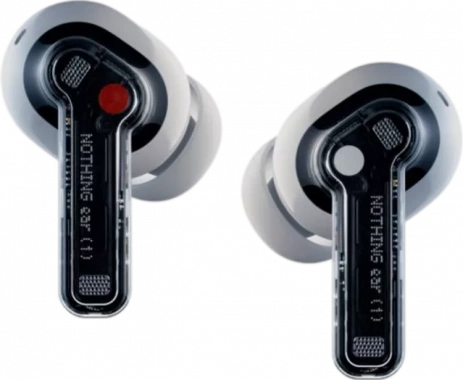
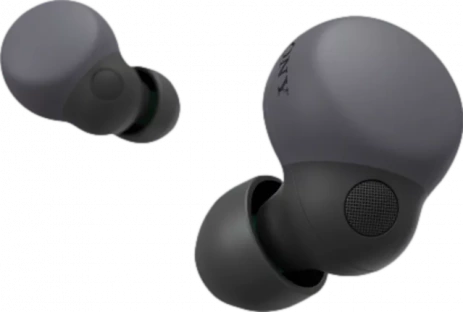

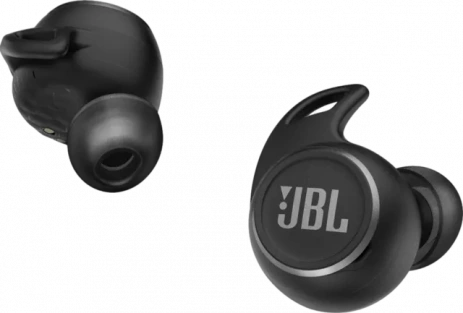
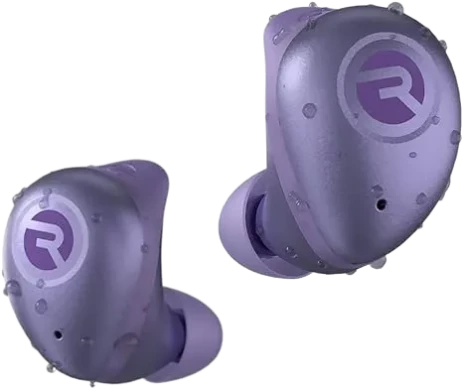
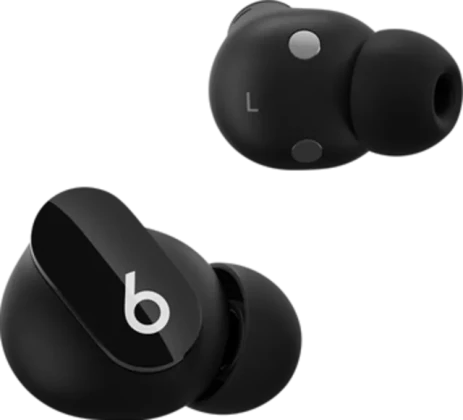
_1671835316.webp)
